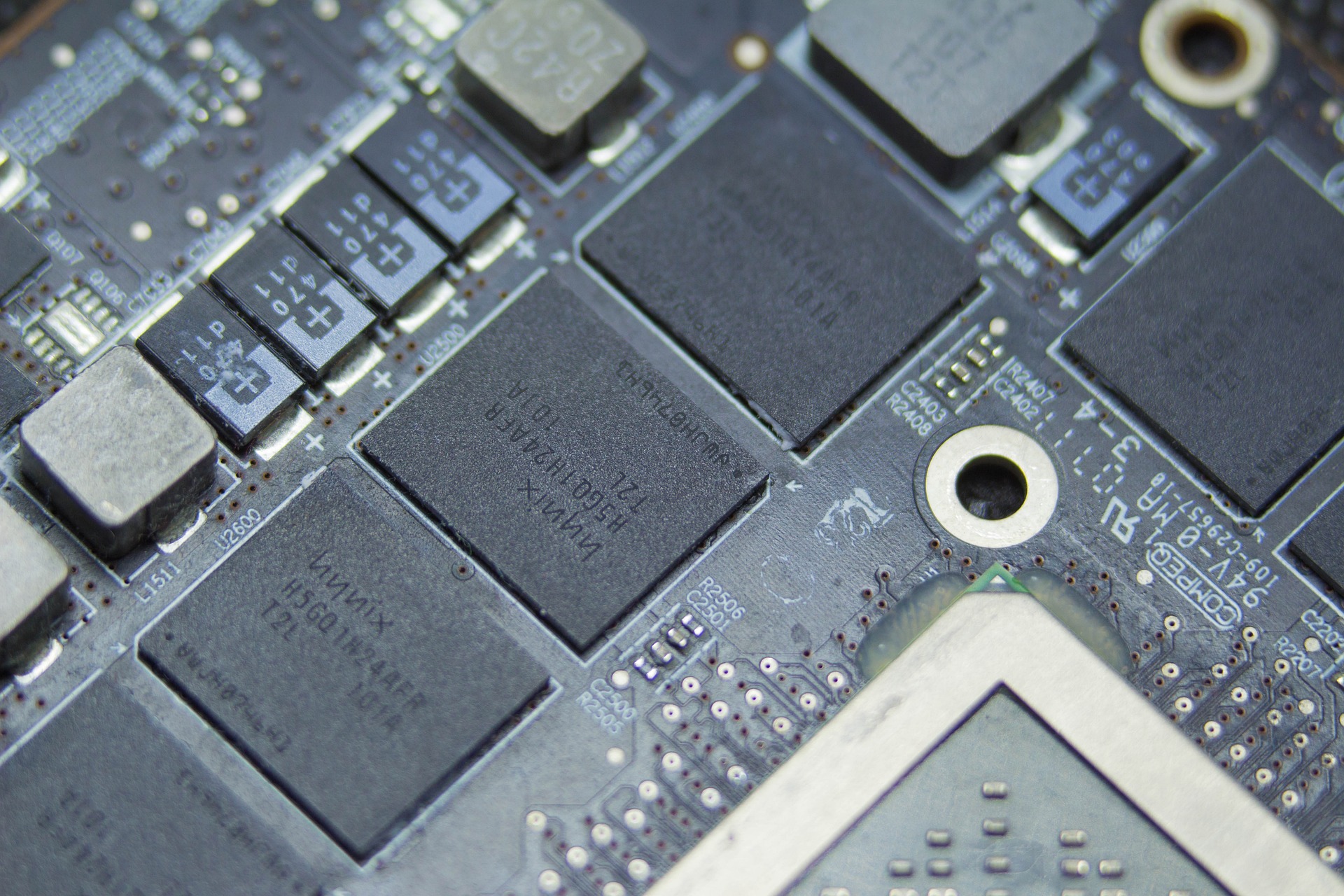Unraveling the Enigma of Micro Data Centers
There's an undercurrent in the world of data storage and processing that's quietly transforming the tech landscape. Welcome to the realm of micro data centers, where minuscule size meets colossal power. In the early days of computing, massive mainframe systems filled entire rooms. As technology advanced, we saw a shift towards decentralized computing with the rise of personal computers in the 1980s, followed by the internet boom in the 90s that brought about the era of data centers. These warehouse-sized behemoths, brimming with servers, became the backbone of the modern internet.

However, as we barrel towards an increasingly connected future, where the Internet of Things (IoT) and edge computing are becoming dominant paradigms, there’s a growing need for processing power closer to the source of data generation. Enter the micro data center—a compact, self-contained facility equipped with cooling, power, security, and management features.
Making Headlines: Recent Developments in Micro Data Centers
The micro data center market has seen considerable growth in recent years, with many tech giants jumping onboard. In 2020, Schneider Electric announced the launch of their EcoStruxure Micro Data Center, a plug-and-play solution designed for edge environments. More recently, in 2021, HP Enterprise unveiled their Micro Datacenter, a portable, ruggedized solution designed for harsh environments.
These developments underscore the importance of micro data centers in supporting edge computing. As more devices connect to the internet, the demand for localized processing power and data storage increases. Micro data centers are poised to meet this demand.
Market Impact and Pricing: The Financial Side of the Equation
The global micro data center market was valued at $3 billion in 2020 and is expected to reach $8.4 billion by 2026, growing at a CAGR of 23% during the forecast period, according to a report by MarketsandMarkets.
The cost of a micro data center can vary widely, depending on its specifications. A basic setup can cost as little as $5,000, but a high-end unit equipped with advanced features like biometric security and precision cooling can run into the hundreds of thousands of dollars.
The Unseen Powerhouse: Why Micro Data Centers Matter
In a world where responsiveness and real-time processing are crucial, micro data centers offer a solution. They bring processing power and data storage closer to the source, reducing latency, and enabling faster decision-making.
Moreover, their small footprint makes them ideal for deployment in locations where space is at a premium, like urban areas or remote locations. Their scalability makes them a cost-effective solution for businesses, allowing them to add capacity as needed rather than investing in a large, centralized data center.
In conclusion, micro data centers are redefining the architecture of data storage and processing. They’re a testament to the adage that great things come in small packages. As we continue to embrace an increasingly connected world, expect these tiny powerhouses to play a significant role in shaping the future of technology.
